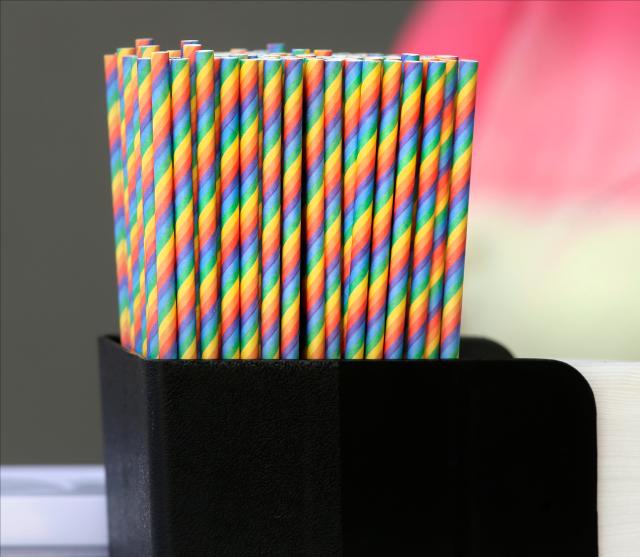The Myth of Today’s Lucky Color: A Skeptical Look

symbolism while maintaining a skeptical perspective.
The Allure of Lucky Colors
The notion of lucky colors has been deeply ingrained in various cultures for centuries. From ancient civilizations to modern-day society, people have ascribed specific meanings and powers to different hues. It’s a belief that has persisted, despite the lack of empirical evidence.
Cultural Significance
- Eastern Philosophy: In many Eastern cultures, colors are linked to the elements, chakras, and the five elements (wood, fire, earth, metal, and water). For instance, red is often associated with passion and energy, while green represents growth and harmony.
- Western Beliefs: Western cultures have also developed color symbolism, often influenced by psychology and fashion. For example, blue is commonly linked to calmness and trust, while yellow is associated with optimism and happiness.
Psychological Impact
While there’s no direct link between color and luck, it’s undeniable that colors can evoke emotions and influence our perceptions. This psychological effect is known as color psychology.
- Mood Enhancement: Certain colors can uplift our mood, making us feel more confident or optimistic. This can indirectly influence our behavior and decision-making.
- Placebo Effect: Believing in a lucky color might create a positive mindset, leading to increased self-belief and potentially better outcomes. This is similar to the placebo effect in medicine.
The Science Behind Color
While the concept of lucky colors remains largely in the realm of belief, color science offers some insights into how we perceive and react to different hues.
- Color Perception: Our eyes detect different wavelengths of light, which our brain interprets as color. This process is influenced by factors such as culture, personal experiences, and individual differences.
- Color Associations: Over time, we develop associations between colors and specific meanings or emotions. These associations are learned and can vary across cultures.
- Color Marketing: Businesses often use color psychology to influence consumer behavior. For example, red is often used to stimulate appetite, while blue is associated with trust and reliability.
Debunking the Myth
Despite the cultural significance and psychological impact of colors, there is no scientific evidence to support the claim that a particular color can bring good luck.
- Randomness: Luck is inherently random. Any correlation between color and fortunate events is likely coincidental.
- Lack of Controlled Studies: There have been no rigorous scientific studies to establish a causal link between color and luck.
- Subjectivity: What is considered a lucky color varies widely from person to person and culture to culture.
The Power of Belief
While the concept of lucky colors may lack scientific foundation, it can still hold significant personal meaning. Belief in something can be a powerful motivator and can contribute to a positive mindset.
- Personal Rituals: Incorporating lucky colors into personal rituals or routines can create a sense of comfort and control.
- Confidence Boost: Believing in a lucky color can boost self-confidence, which can positively impact performance in various areas of life.
Conclusion
The idea of a “lucky color” is a fascinating blend of culture, psychology, and belief. While there’s no scientific evidence to support the notion, colors undoubtedly have the power to influence our emotions and perceptions.




